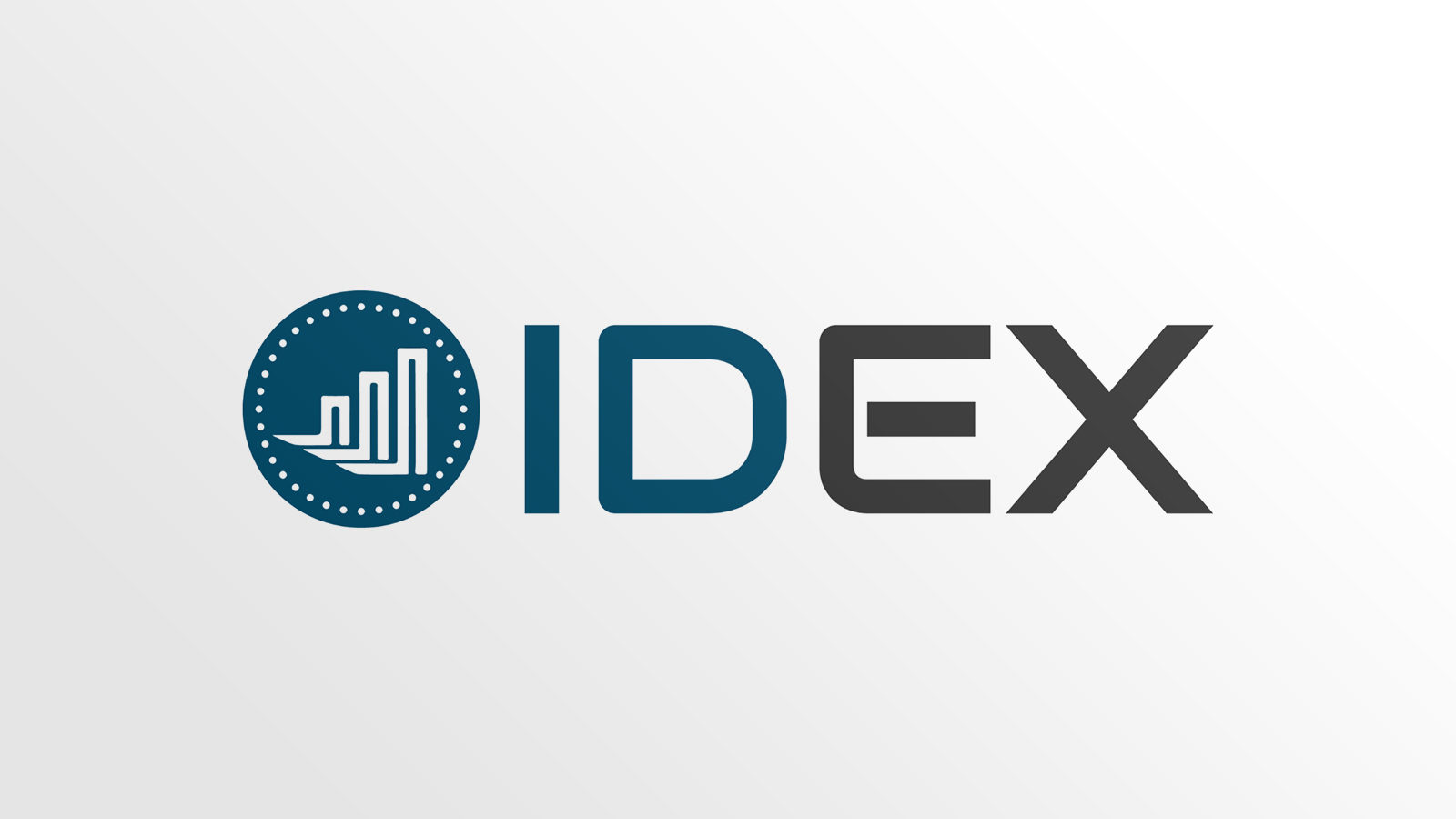In the first part of this series, we discuss how decentralized exchanges work, and how IDEX operates their incentive plan.
It’s been a while since we talked about cryptoassets here, so today I want to talk about some of my experiences staking with the IDEX platform. IDEX is a decentralized exchange platform, which means that it is a non-custodial platform for crypto exchanges. This is in contrast to custodial exchanges where your money is kept on the platform itself. This is traditional method of asset exchange, where the exchange holds your assets and executes your trades. This is how the equities markets have worked since for ever, and how the first generation of bitcoin trading sites worked: Mt. Gox, Coinbase, Gemini, Poloniex, et cetera. With the advent of smart contracts on the Ethereum platform, these types of non-custodial brokerages have sprung up, with the first, EtherDelta, being the first.
Instead of the exchange holding custody of the assets, which can lead to theft, as was the case with Mt. Gox and other exchanges, the users retain custody of their tokens. Operations are performed via the smart contract, which, while it does have it’s risks — the DAO hack for example — the exchange operator does not have access to the tokens. Users deposit their funds with the smart contract, buy and sell orders are matched on the order book — more on that shortly — and the smart contract makes the trade, minus a small fee, of course. Users can cancel their open orders and withdrawal funds at any time. Minus the risk of a black swan event like a contract failure or other hack, users funds are completely under their control and are safe at all times.
Now with Etherdelta, the first generation DEX platform, the order book was contained on-chain, meaning that posting buy and sell orders, or cancelling them, cost gas. This was expensive, and was subject to delays when the Ethereum blockchain became congested. What IDEX has done with their exchange is to keep the orderbooks off chain, which removes these two limitations. Now critics will say that this type of centralized order book isn’t decentralized, which is why IDEX has a roadmap to offload this infrastructure in a fully decentralized manner.
Phase one of this three part plan is offloading the trade history, which they’re incentivising through a staking masternode model. Those participating in this process split twenty five percent of all fees on the IDEX platform, which is 0.3 percent of trade volume on the platform. Payouts are about every two weeks, based on node uptime and amount staked. There’s a seven day freeze period on funds as well, which is important to note.
Our initial entry into IDEX was around July of last year. The minimum required staking amount of ten thousand IDEX tokens, was around fifteen hundred dollars at the time, and we averaged into our position over several months for around sixty percent of that. This was several months before the staking software was actually released, and not only was the general altcoin market tanking, but IDEX took a further hit after implementing KYC protocols to stay ahead of regulatory issues. The staking nodes actually went live in January of this year, but by the time we actually started operating our node, the value of our IDEX tokens, (and our stake) had dropped to less than a third of what it had been a year earlier.
In our next part, we’ll talk about our experience setting up our node infrastructure, and our profit results.
